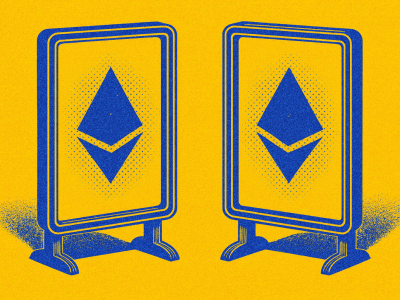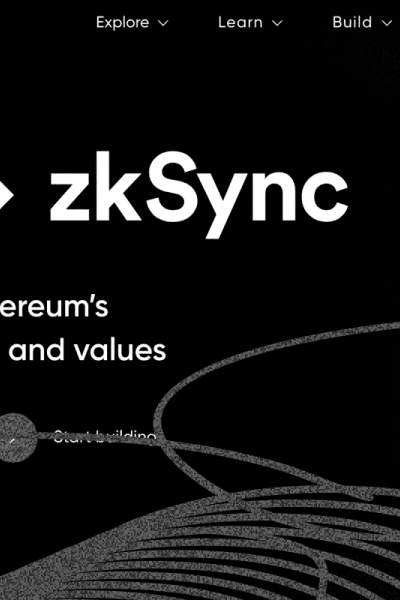EIP-4337 does not require changes to the Ethereum main protocol, but to implement AA, a special service called Bundler is needed. This service is responsible for an alternative mempool's operation for processing and sending transactions to the blockchain. Transactions go through the system contract EntryPoint.sol for validation.
Mempool - storage area for transactions awaiting confirmation and inclusion in a block.
However, this approach has limitations, such as the inability to use Paymaster in conjunction with EOA under EIP-4337.
Paymaster - a smart contract that can pay gas fees in the native currency for users. It can have any payment logic: deducting ERC20 from the user, performing additional checks, or simply sponsoring any transactions without requiring anything in return.
This is problematic because implementing gasless transactions will require integrating a separate service, such as GSN (by the way, this EIP was developed based on its experience).
Another challenge is the complexity of developing such abstract accounts; you will need to choose one of the infrastructure solutions (e.g., Alchemy) and deal with their APIs to implement your wallet logic. Moreover, the architecture itself built on EIP-4337 is far from trivial.
EOA and Smart Account Transactions in zkSync
Now let's see the path a transaction takes in the zkSync solution. In this case, developers had the opportunity to implement native support for Abstract Account and Paymaster without the need for third-party services. Here, all accounts are smart contracts (even EOAs), and in zkSync, any accounts are "first-class citizens," meaning they are collected in a unified Mempool and processed equally.
After the Mempool, transactions are processed and executed by the operator. If compared to Ethereum, the operator here plays the role of a validator and bundler. After that, the transaction enters the bootloader smart contract.
bootloader - this is the L2 zkSync system smart contract. Essentially, it is the core of the protocol, consolidating the work of all the main system smart contracts of the protocol.
In the context of AA, the bootloader contract is equivalent to EntryPoint. Roughly speaking, at this stage, it determines if there is any additional logic for the account and, if necessary, calls the Paymaster.
Comparative table of EIP-4337 and Native AA zkSync:



































































































